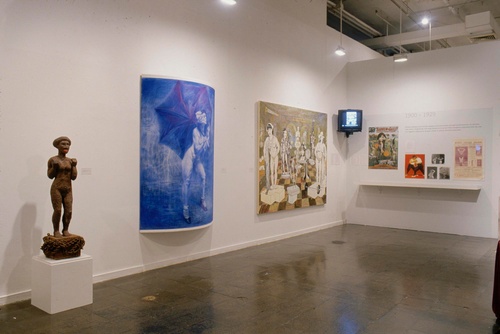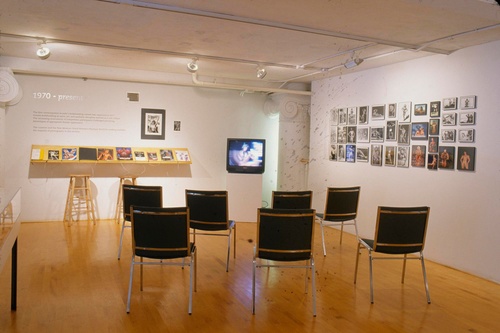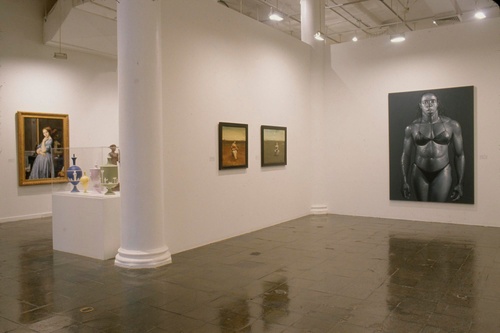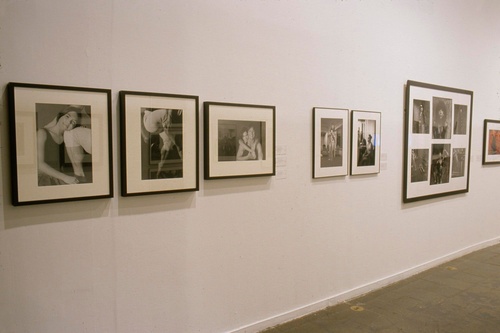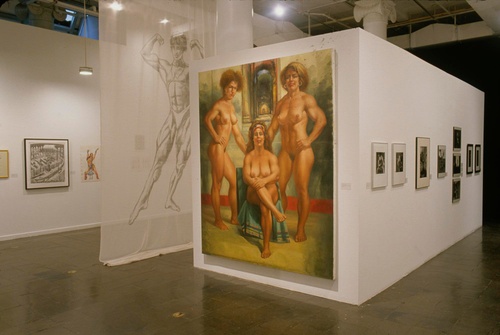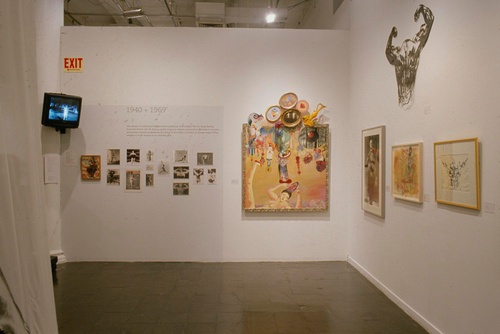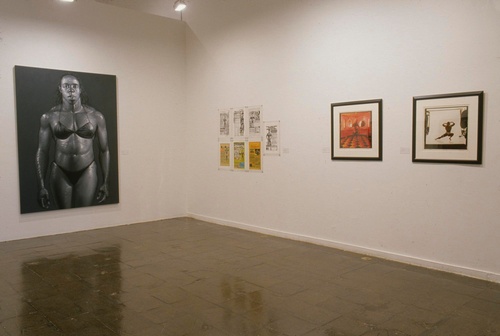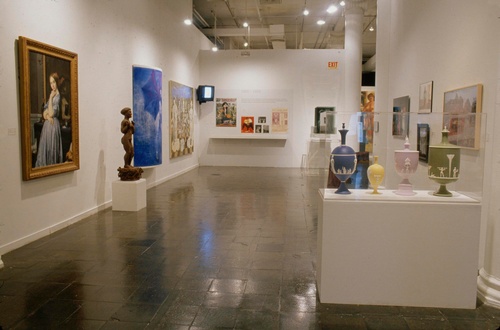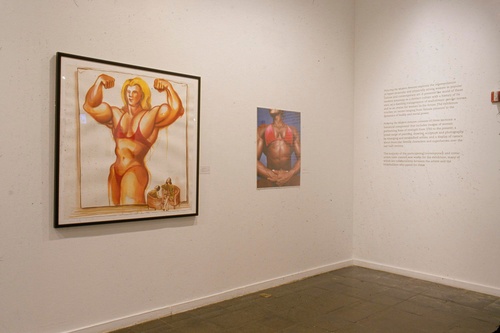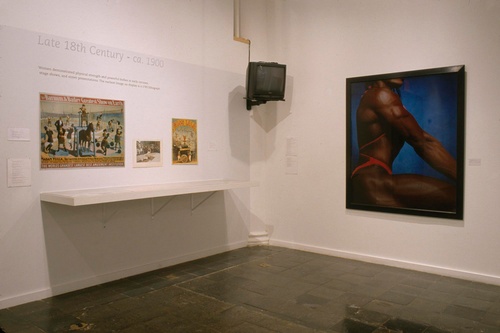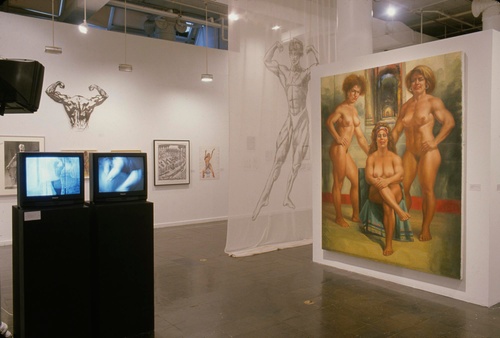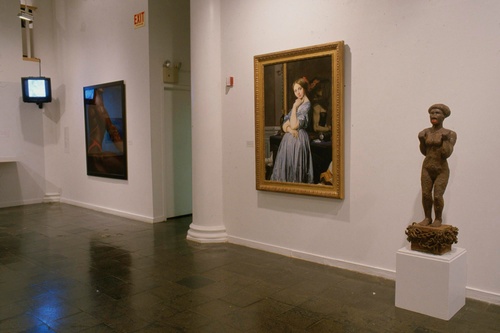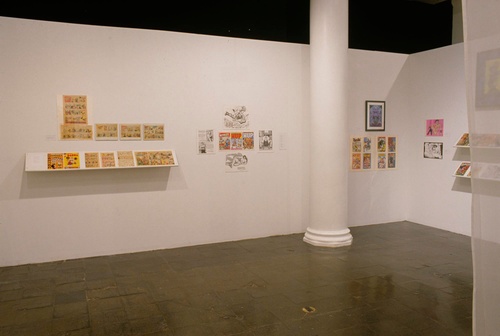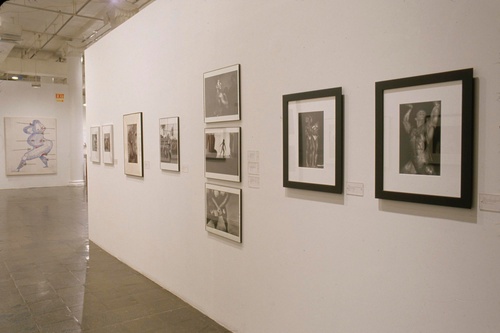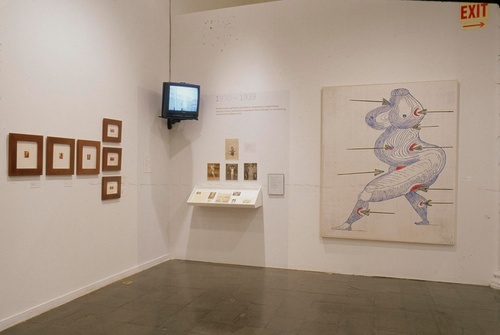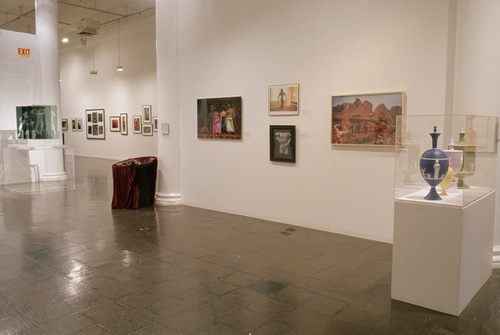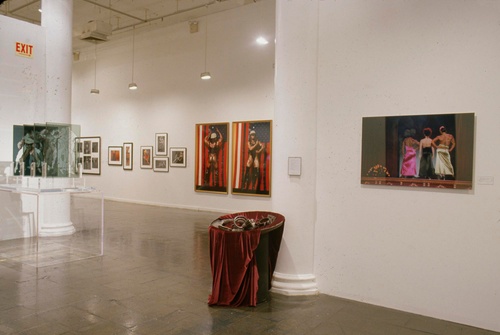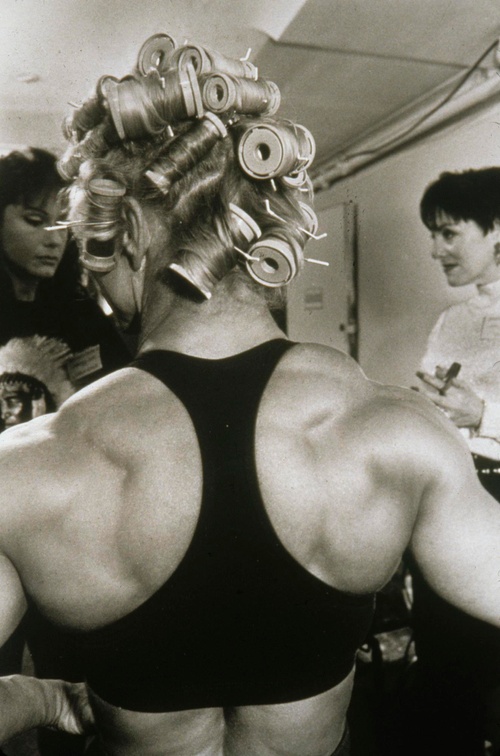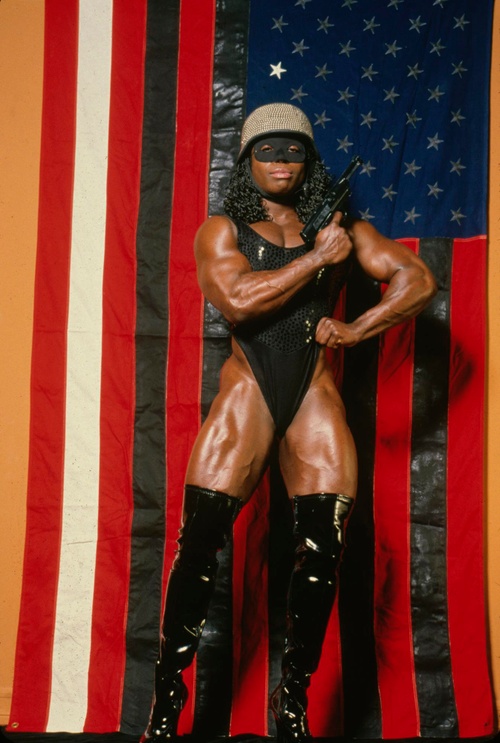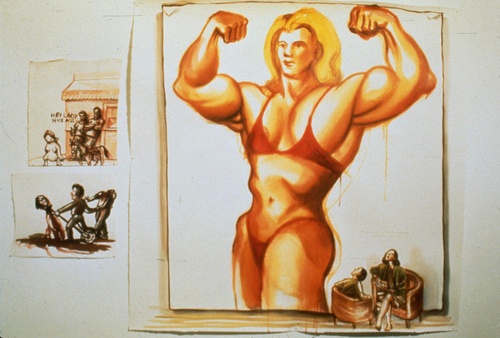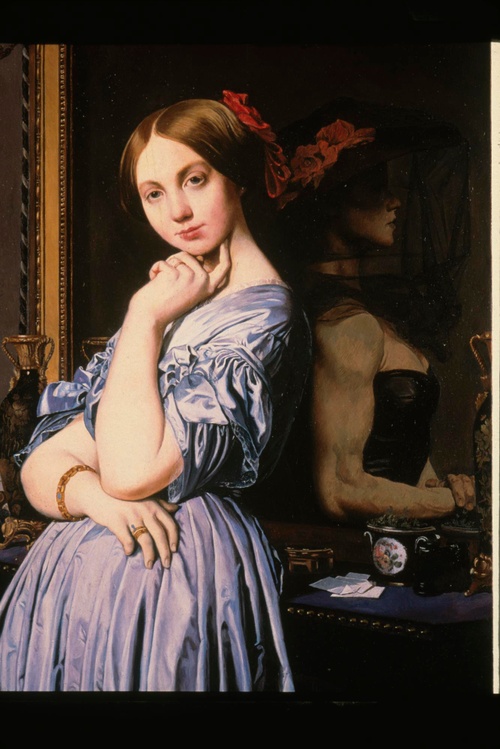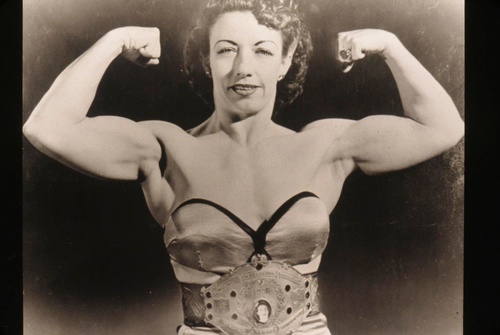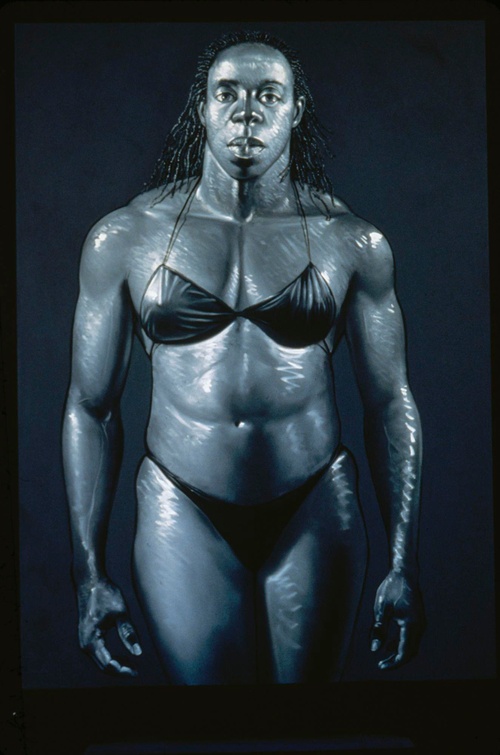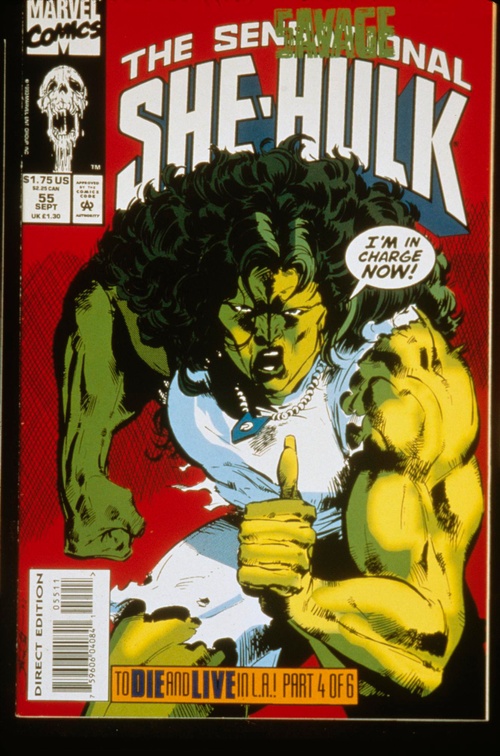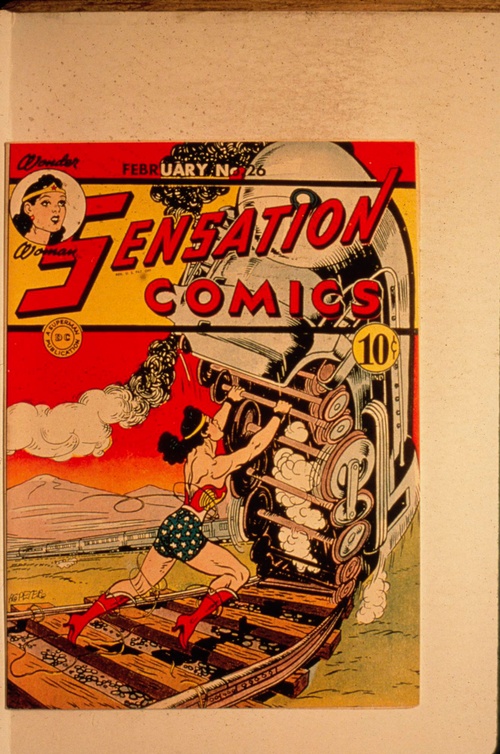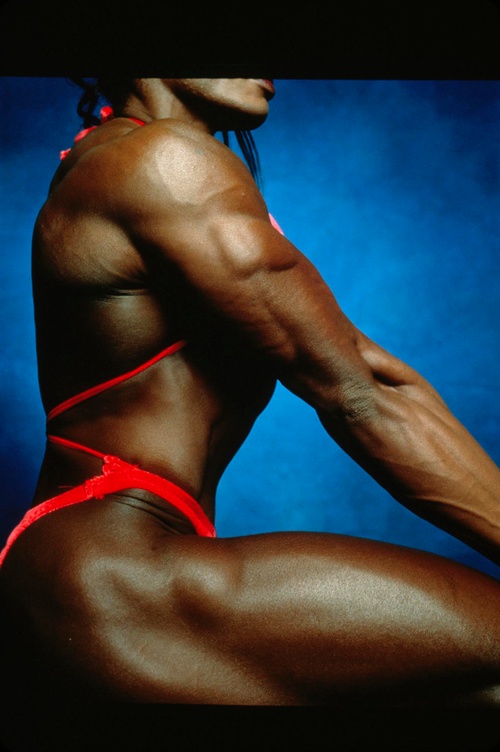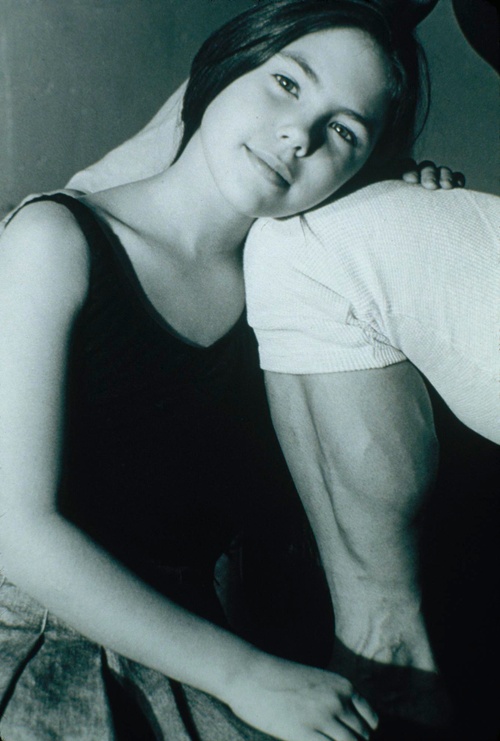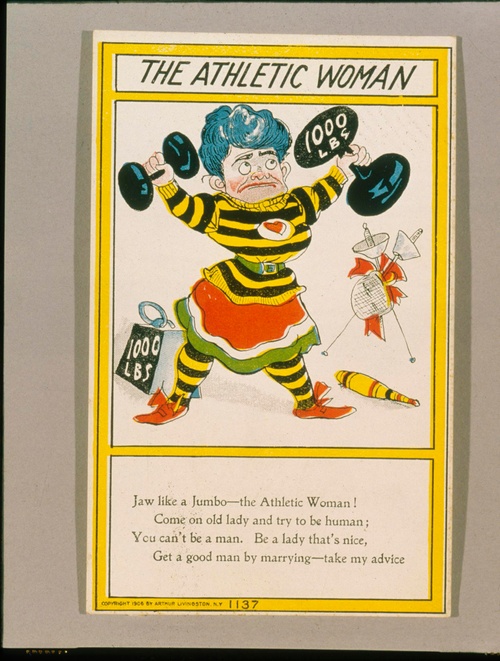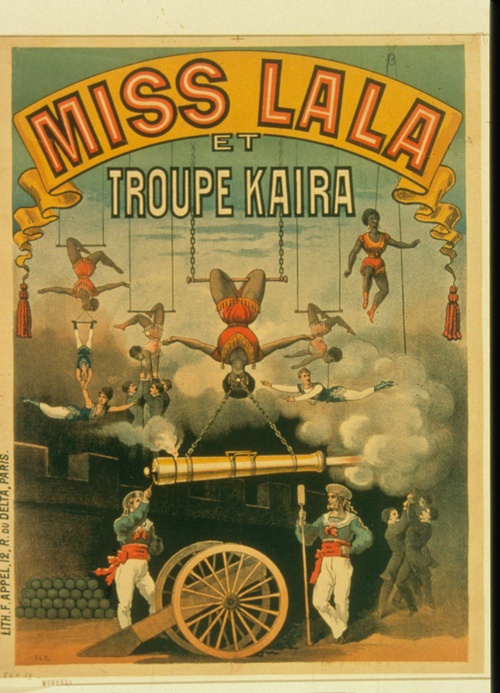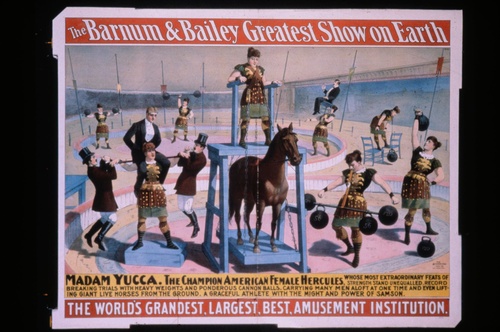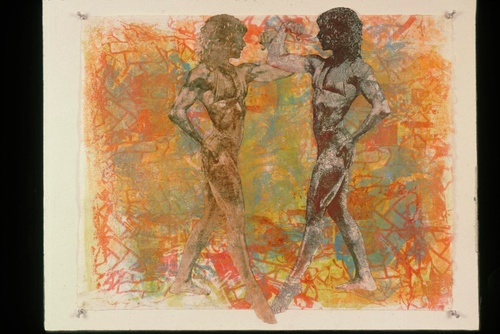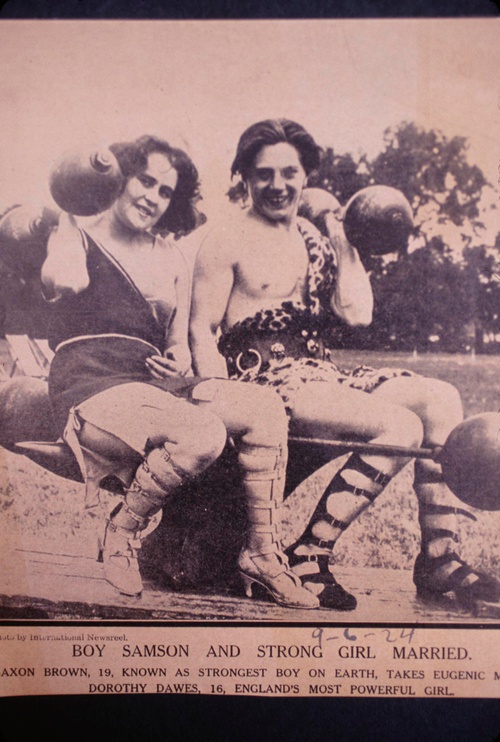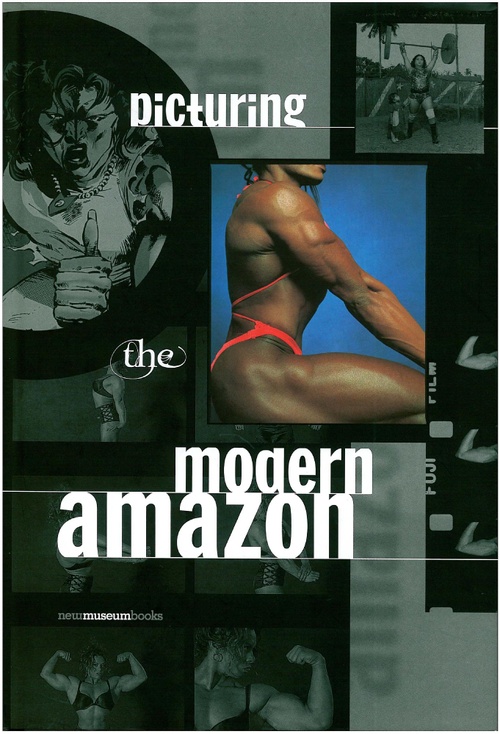Picturing the Modern Amazon
Picturing the Modern Amazon
This is the first museum exhibition ever devoted to representing extraordinarily muscular women. Both as reality and image, the phenomenon of the muscular woman is a key to a new understanding of the relation between contemporary women and power. Picturing the Modern Amazon presents the world of female bodybuilders as a distinct culture with its own history, as a dazzling transgression of mostly male-determined gender norms, and as a model for the future.
History has many accounts of strong, even physically powerful women, but the most enduring is the ancient myth of the Amazon, because it struck the greatest fear in men. As the female embodiment of virile courage, the Amazons of myth were so independent that they did not need males in order to reproduce. Imaginary or real, Amazons were the objects of both lust and dread, which the ancient Greeks attempted to allay by depicting Amazons only as vanquished.
The contemporary amazon is anything but a myth. Her Herculean physique often evokes the same responses accorded her counterpart in ancient literature: dread and lust. Advances in nutrition, the availability of weightlifting equipment, and years of relentless training have helped contemporary women attain powerful physiques. Most important, their muscularity is the product of a desire to radically transform their bodies. An increasing number of women take joy in this transformation.
During the past thirty years, many thinkers and artists have addressed questions concerning the meaning of the human body. Such factors as age, weight, and gender expectations have been examined for their influence on women’s bodies and on how society perceives women and how women perceive themselves. But until now no feminist project has focused on muscular development by women. Picturing the Modern Amazon celebrates the sheer physicality of women bodybuilders and sheds new light on such issues as female corporeality, female pleasure—in one’s own appearance and strength—and the dynamics of individual and social power.
Because the physiques crafted by modern female bodybuilders vividly contradict stereotypes of the “fair” and the “weaker” sex, some viewers—male and female—are disturbed by the sight of a woman bodybuilder’s muscles. In the West, artists have been instrumental in shaping the perception, evaluation, status, and the very being of women, by encoding ideologies, conventions, and norms which largely affirm dominant cultural values. Traditionally, artists have converted women’s bodies into acceptable, idealized forms, usually delicate and nurturing. Even though artists have depicted working women in general and women of color in particular as physically formidable and powerful, the depictions have been for the most part stereotyped and exoticized. Moreover, artists have tended to portray women in dualistic terms—either as respectable wife, tender mother, or virgin saint, or as inviting nude, fatal temptress, or prostitute. Invariably consigning female subjects to one of these conventional categories, artists were responsible for reinforcing a very limited concept of “woman.”
Television, movies, and the fashion industry have operated along similar lines. An extreme example was the “waif look” favored for fashion supermodels in the mid-1990s, which embodied frailty, vulnerability, and soulful childlikeness. In popular culture, the powerful female body expressed nothing more than rampant sexuality—Sharon Stone’s character in the movie Basic Instinct, for example. Reflecting the current trend for physical fitness and “working out” popular with both males and females, fashion images have added muscle tone to slender physiques. This “taut” body shows its “strength” via stylish permutations of conventional femininity—stiletto heels, brilliant red “power” suits, billowing chiffon, or seductively utilitarian underwear. Picturing the Modern Amazon seeks to redress the balance by undoing the invisibility of true female muscular power in high art and popular culture by presenting the integrity of powerful form and powerful substance.
The exhibition has three sections: archival material, contemporary art, and comics. The archival/documentary pieces provide a visual history and matrilineage of muscular, extremely strong women in never-before exhibited photographs, posters, film footage, and memorabilia. The images include early stage and circus performers, such as Miss Lala (1870s), Athleta (1890s), Vulcana (c. 1900), Luisita Leers (1920s-30s), “physique” stars such as Pudgy Stockton (1940s), competitive bodybuilding champions such as Bev Francis and Lenda Murray (both 1980s-90s), and legendary bodybuilding performers such as Lisa Lyon (1970s-80s) and Diana Dennis (1980s-90s).
Many of the works in the contemporary art section have been commissioned for this exhibition and include painting, photography, sculpture, and video works by forty-five artists. Alfred Leslie’s Betty Moore, 1998, depicts bodybuilder Moore in a frontal monumental pose. Bailey Doogan’s painting Pour It On, 1998, transforms the Morton Salt girl into a muscular pin-up. Andres Serrano’s and Renée Cox’s photographs articulate the sensuous detail of Lesa Lewis’s and Heather Foster’s muscle, while photographer Bill Dobbins captures the androgynous glamour of Gillian Hodge and Yvonne Vasquez. Comics are almost alone among contemporary cultural forms in which women have been shown with physical prowess and courage. Included are the well-known characters Wonder Woman and She-Hulk as well as underground comic book superheroines, who are often more exaggerated than their commercial counterparts. Comic books and original work by artists such as Robert Crumb and Alain Célerier present often outrageous and extremely sexualized fantasy images of almost unimaginably muscular female figures, who may be heroes and goddesses or simply victims of their own extreme brand of beauty. Diane Dimassa’s narrative in “Hot Head Paisan: The Homicidal Lesbian Terrorist” treats us to a hilarious muscle quest.
On the whole, society views female bodybuilders as athletes, which is the way they tend to see themselves. But female bodybuilders’ emergence since the 1970s has had far wider implications. Today at least one female bodybuilder’s biceps measure nineteen inches, and some of these women can bench-press over four hundred pounds. In size and strength they exceed many male bodybuilders and strength athletes, even though the women have barely begun to push their limits. How much female muscle is “too much”? This controversy, even in the field of bodybuilding itself, reflects the emergence of rarely discussed issues resulting from the choice of women to become muscular and physically powerful. As Picturing the Modern Amazon makes clear, the female bodybuilder has dispelled the myth that women are inherently weak, their bodies designed to carry little more than accessories. The female bodybuilder is a living monument to the limitless possibilities of the human body.
